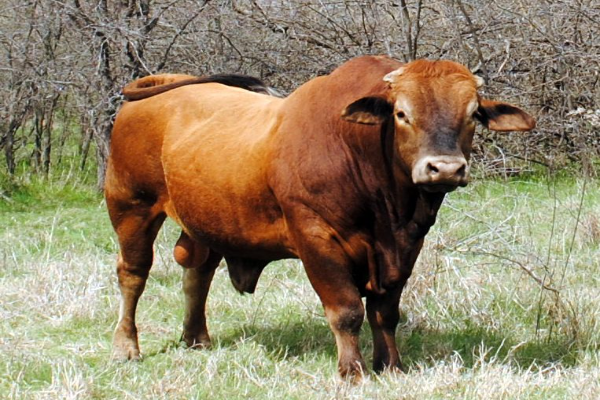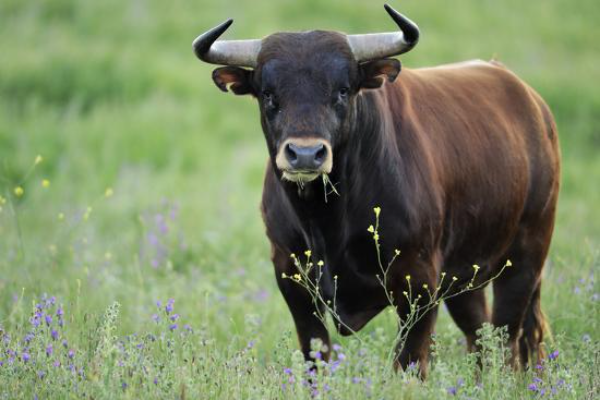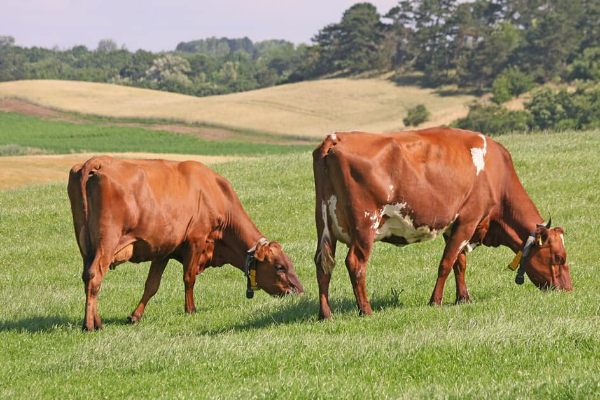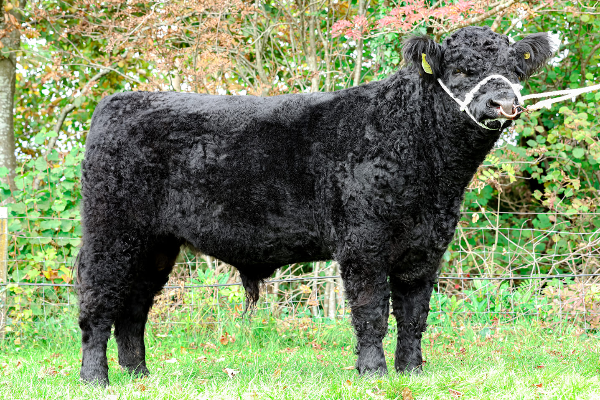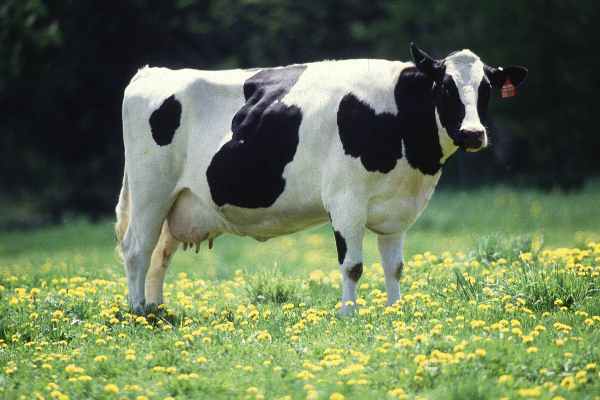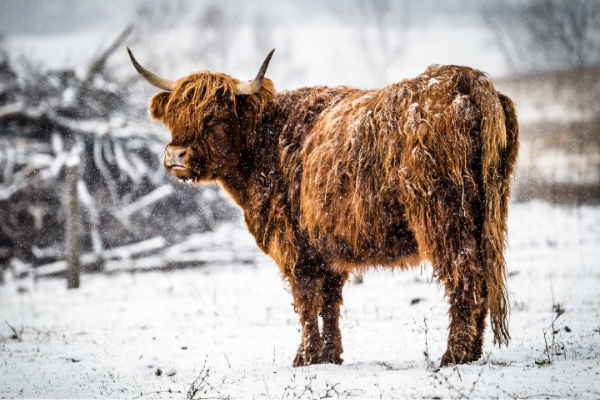Amrit Mahal Cattle
What Is The History Of Amrit Mahal Cattle Breed?
Amrit Mahal literally means the department of milk. Amrit Mahal have their origins in India, where they were bred in Mysore to supply the palace and royal family with its own private dairy. The bulls were used in the military and were divided into various jobs. They were renowned for their speed and power, and could accompany troops marching 100 miles in just two and a half days. The cattle of Amrit Mahal establishment originally comprised three distinct varieties: Hallikar, Hagalvadi and Chitaldroog. Prior to 1860 it seems that these three varieties were maintained separate from each other. In 1860, the whole establishment was liquidated for reasons of economy, and the Amrit Mahal was conglomerated. In 1866, the need for an established herd again arose, and it was primarily the Hallikar strain that provided a basis for the new Amrit Mahal Cattle.
Today, Amrit Mahal remain economically important, doing much of India’s draft work and fast transportation work. The pure types are maintained on state farms known as Amrithmahal Kavals, and there are about 1,200 cattle in these herds. There are no artificial insemination or breed preservation programs underway at present. Although they were once used for milk, today they are considered to be very poor milkers and the breed is in a state of general decline.
What Are The Characteristics Of Amrit Mahal Cattle Breed?

Generally, Amrit Mahal Cattle have short, glossy gray hair, although the shade varies from a silvery white to a darker, gray-black color, and in some cases white-gray markings are present on the face and dewlap. The muzzle, feet and tail switch are generally black, but lighter in older animals. The skin is thin, mellow and jet black in color.
The most striking characteristic of these cattle is the formation of the head and horns. The head is well-shaped, long and tapering towards the muzzle, with a slightly domed forehead. The horns grow up and back, and usually have black tips. Occasionally, older cattle have such long horns that the sharp tips criss-cross. The eyes look bloodshot. The ears are small, in horizontal position, yellow inside and taper to a point.
The dewlap is thin and does not extend very far. The hump is well-developed and shapely in the bulls, rising to a height of about 8 inches (20 cm). The body is compact and muscular with well-formed shoulders and hindquarters. The neck is strong and fairly long. The back is level, with broad loins and level rump. Legs are of medium length and well-proportioned. The hooves are hard, close together and small. The average height of this breed is 50 to 52 inches (127-140 cm).
As the cattle are maintained in the pasture areas without any restrictions and handling, they show a very impatient, wild and unruly disposition. They are at time dangerous, particularly to strangers. They need patience and care in training; hard treatment makes them stubborn. Once they are trained they are extremely fine bullocks, particularly for quick transportation. They are observed to have great endurance.
Amrit Mahal cattle maintain their stamina and health even after consuming meagre amount of food and also never express tiredness. Bullocks have a working life of 7 to 8 years.
The cows are poor milk-yielders and hence, are classified to be a draught breed.
What is the weight of Amrit Mahal Cattle?
The male has an average weight of 500 kg and the female has an average weight of 318 kg.
References:
1. http://afs.okstate.edu
2. https://livestockpedia.com

Written by
Marina Uskova
BreedsMore
IllnessesMore
Forage cropsMore
![]() Патологическая физиология голодания Arina TARAN
Патологическая физиология голодания Arina TARAN![]() Дефицит фосфора (гипофосфатемия) Hipofosfatemi Arina TARAN
Дефицит фосфора (гипофосфатемия) Hipofosfatemi Arina TARAN![]() Какие бывают кормораздатчики для ферм КРС? Irina Makarova
Какие бывают кормораздатчики для ферм КРС? Irina Makarova![]() Кормушки для овец Diana Myakisheva
Кормушки для овец Diana Myakisheva![]() Питание домашних коз: что едят, виды корма и правила кормления Alina Arslantürk
Питание домашних коз: что едят, виды корма и правила кормления Alina Arslantürk![]() Важность минералов питании сельскохозяйственных животных Irina Makarova
Важность минералов питании сельскохозяйственных животных Irina Makarova


